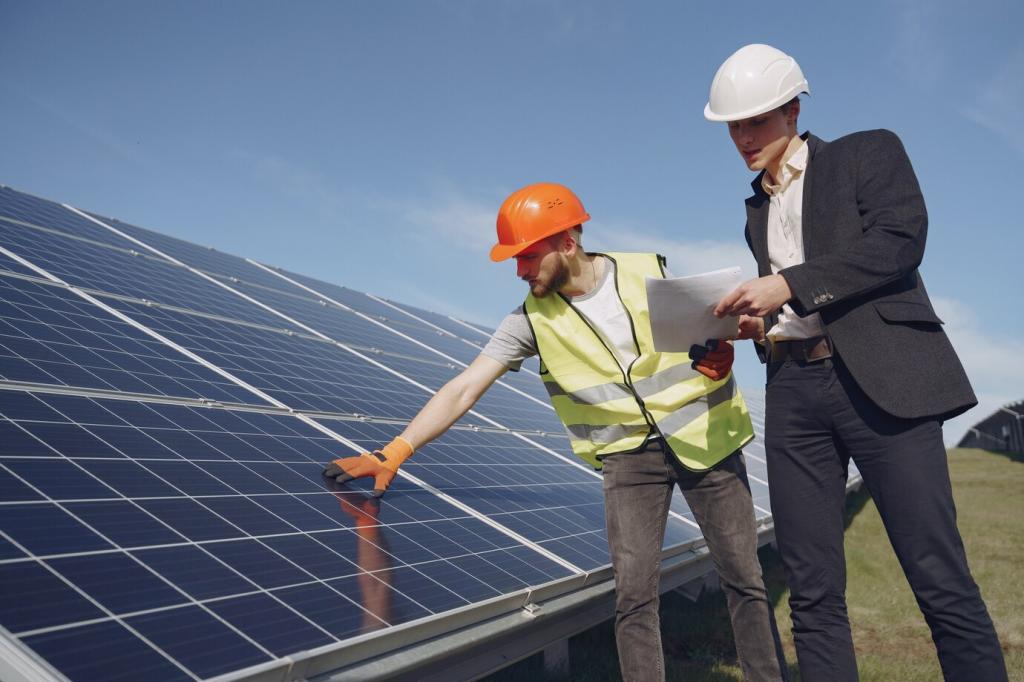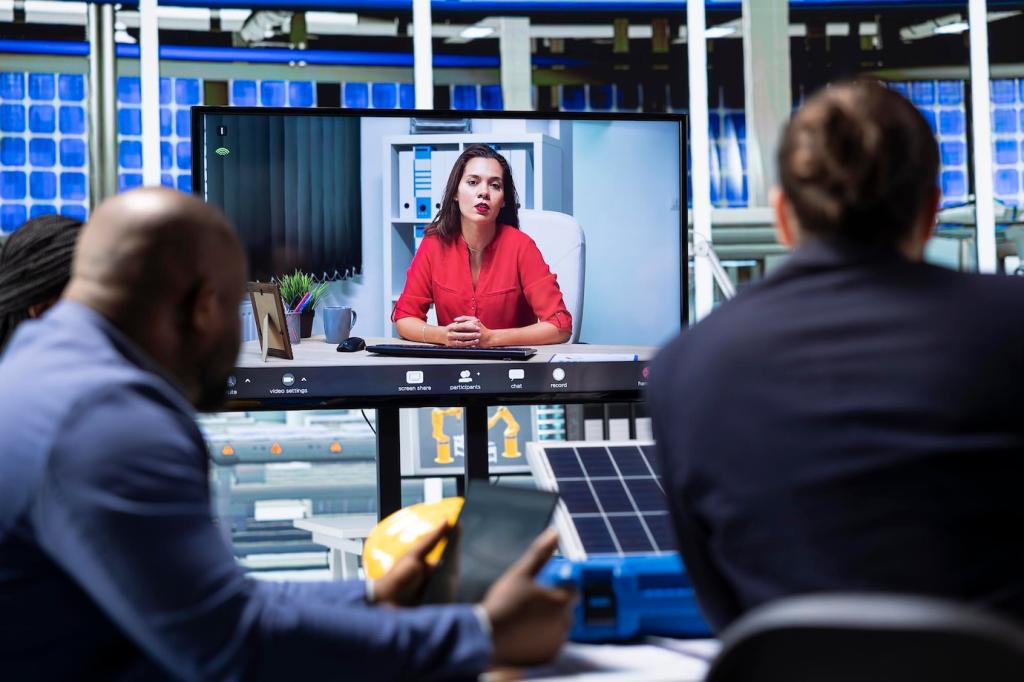Moving and Storing CO2 Safely
Captured CO2 is dried and compressed to a supercritical state, then moved via pipelines or specialized ships. Design standards address fracture control, route selection, and monitoring. Community input during routing reduces risk, builds trust, and avoids sensitive habitats.
Moving and Storing CO2 Safely
Deep saline aquifers and spent oil and gas fields offer vast, secure capacity. Multiple trapping mechanisms—structural, residual, solubility, and mineral—work over different timescales. Caprock seals, well integrity protocols, and careful pressure management keep stored CO2 in place.








